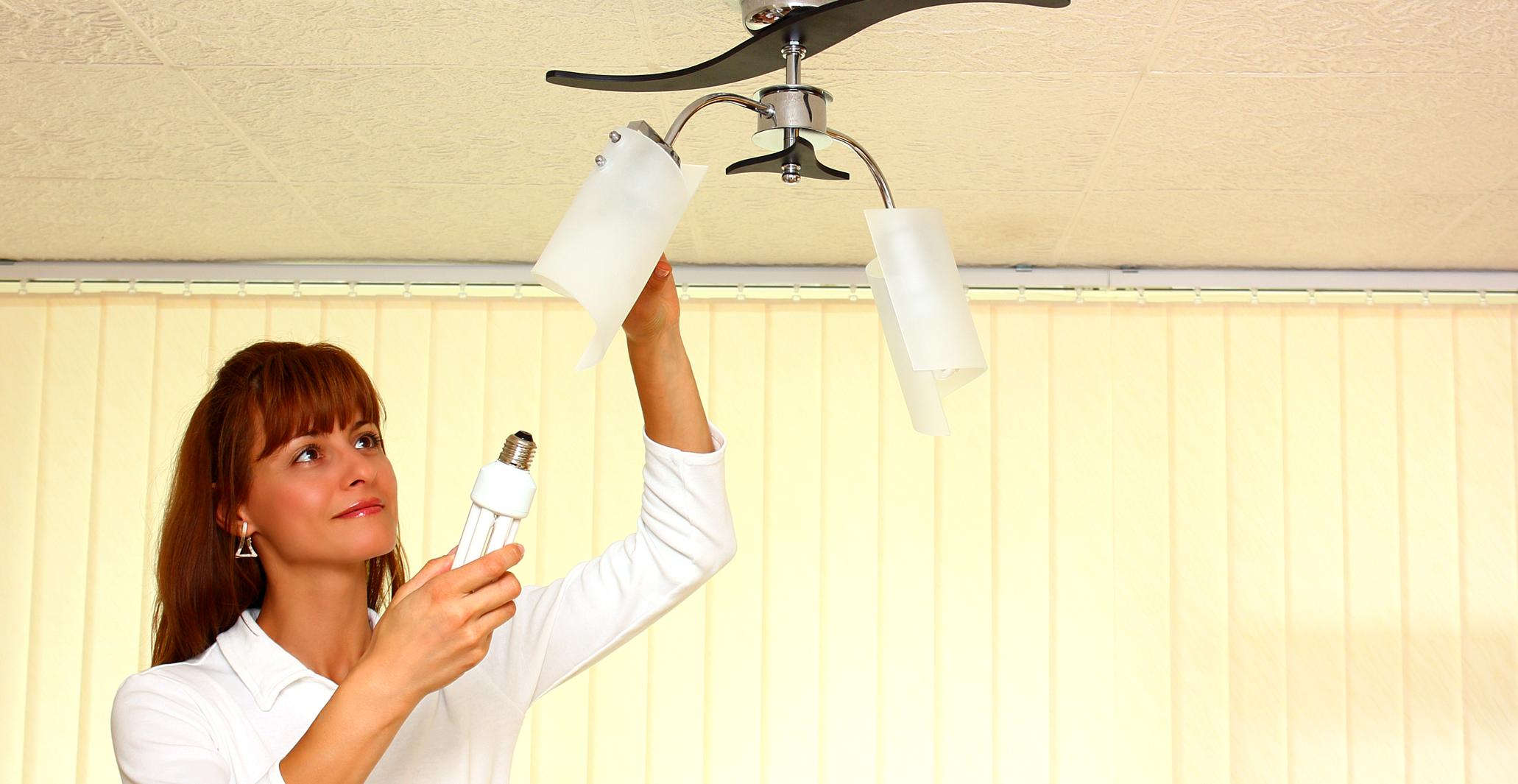How To Manage Being Color Blind
Color blindness is a term used to describe various forms of color vision deficiencies. Individuals with the condition have problems with cells in the retina that detect color. These cells are called cones, and they contain the pigments that allow everyone to see color. Color deficiency or color blindness is the result of a missing or malfunctioning pigment(s). Patients with color deficiencies do not see certain colors in the same way most individuals see them. These deficiencies diminish the patient's ability to see colors or distinguish between two colors. Some individuals may not see color at all, which is a condition known as achromatopsia or total color blindness.
Cataracts, genetics, or age can cause color blindness. It can also be caused by damage to the eye, optic nerve, or areas of the brain that process color. The most common forms of color blindness are hereditary and include red-green color blindness or blue-yellow color blindness. Sufferers are unable to see shades of these colors. Most patients who are colorblind can adapt. Learn how now.
Focus On Lighting In The Home And Office

Color blindness can cause poor vision in addition to problems with colors. Individuals who are color blind, at least to some extent, should focus on lighting in the home and office to combat these issues and ensure the optimum setting for every area. Lots of bright, natural light is ideal, but too much glare can defeat the purpose. It is best to watch television in a lighted room, but patients have to be careful of the placement of lights, as reflections on the television screen may cause glare.
Dimmer switches can help individuals control the amount of light in the various rooms. Hallways and stairs should have sufficient amounts of light for individuals with poor vision to safely move. Light timers are also helpful in areas like entrances and exits. Install swivel lamps for direct placement of light where individuals need it. Kitchen and work areas can be outfitted with lighting where individuals are most active. They should ensure their light switches stand out by using lighted switch plates or contrasting colors.
Clothing Labeling And Organization

Clothing labeling and organization can make life a lot easier for individuals with color vision deficiencies. Organizing and sorting systems like different sizes or shapes of containers can help patients gain independence and manage their daily routine. Some useful techniques include grouping similar clothing or matching outfits together. Individuals can group other items by color, and use different sizes and shapes of containers so they can put outfits together with ease.
Boxes that are normally discarded can be used to store small items like socks, gloves, underwear, or scarves. Individuals who have very poor vision can identify clothing by texture or features like button design. Being consistent by doing things the same way or keeping things in a certain place and always returning them there is very beneficial. A friend or family member can help patients with color blindness label and organize their clothing until they’ve mastered a system.
